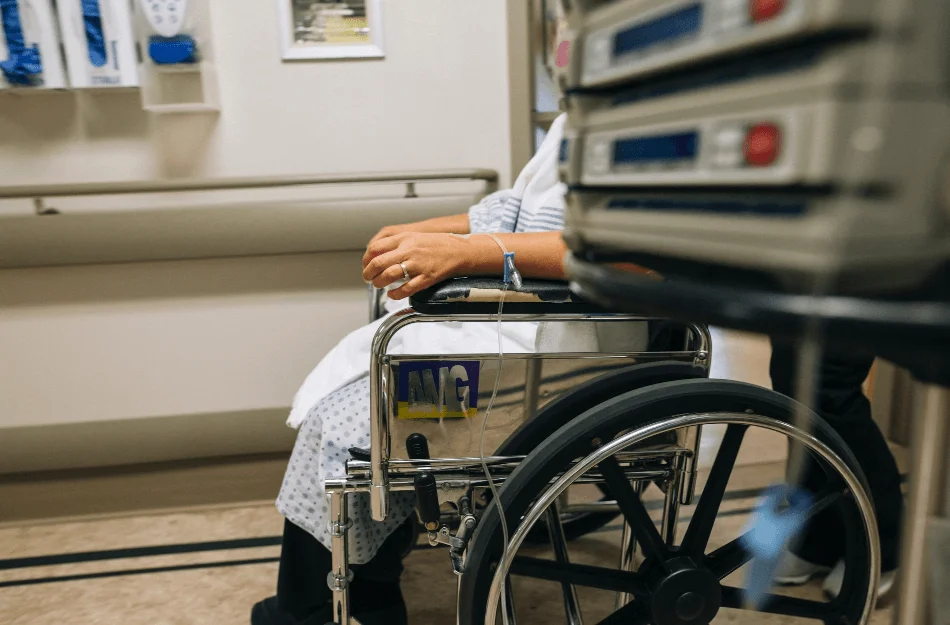Overview
In most healthcare environments, care team members carry immense responsibility and are diligent in their prevention of patient injuries/falls. Even still, accidents happen, putting patient safety at risk and costing families and hospitals dollars and stress.
From 2018-2020, VirtuAlly monitored patient falls and associated costs before and after its implementation in four (4) units at a nationally recognized hospital. The results show a direct correlation between VirtuAlly implementation, harm reduction, and cost reduction.
Challenge
Falls pose serious health risks to patients, extend hospital stays, and even increase the chances of readmission – all of which can be extremely costly to patients, their families, and the hospital system. All hospital systems and their staff manage fall risk on a daily basis.
Impact
Over the course of three consecutive years (2018-2020), we reviewed patient fall data across four key units within the hospital system: General Medicine, Medical Surgery, Acute Neuro, and the Psychiatric Emergency Department. Each department utilized VirtuAlly solutions based on the department’s risk assessment.
Throughout this three-year span, these units saw a direct correlation between VirtuAlly’s solution utilization and fall and cost reductions. In fact, the hospital’s average annual savings was $460,000. And in fact, units that realized the highest utilization of VirtuAlly’s CVM system and worked more closely with VirtuAlly technicians realized the biggest gains.
Further, all units demonstrated significant harm and cost reduction within one year of implementation.
Best Outcomes
Of the four sampled units, Acute Neuro had the highest adoption of VirtuAlly and experienced the greatest improvement. In 2019, the Acute Neuro Unit exhibited 68% fewer falls than in the previous year.
Also, RNs and Patient Care Technicians in the Unit participated in an ongoing educational program with VirtuAlly, which included staff learning opportunities like:
-
Patient Safety Observer Shadowing
-
Ongoing Virtual Monitoring Drills
Following this program, the Acute Neuro team also achieved faster patient response times than those of the other units.
